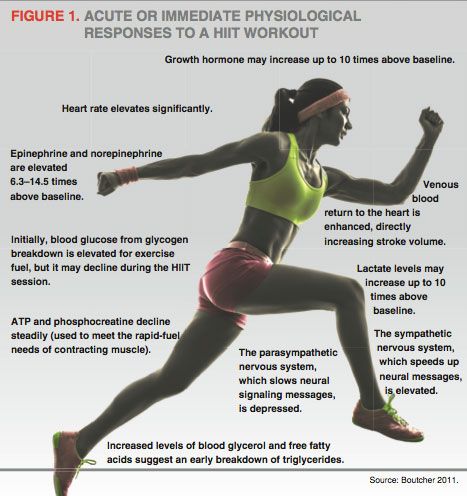
High-Intensity Interval Training (HIIT) has gained significant popularity in recent years due to its effectiveness in improving cardiovascular fitness and promoting weight loss. This training method involves alternating short periods of intense exercise with active recovery or rest periods. HIIT not only helps individuals maximize their workout time but also has a profound impact on metabolism.
Understanding Metabolism
Metabolism refers to the chemical processes that take place in the body to convert food and drink into energy. It is responsible for maintaining various bodily functions, such as breathing, digestion, and cell repair. The rate at which metabolism occurs can vary among individuals and is influenced by factors such as age, gender, genetics, and activity level.
Effect of HIIT on Metabolism
Research suggests that HIIT can have a significant impact on metabolism, particularly in terms of increasing the basal metabolic rate (BMR) and promoting fat oxidation.
Increase in Basal Metabolic Rate (BMR)
BMR refers to the number of calories the body burns at rest to maintain basic functions. Studies have shown that HIIT can elevate BMR, leading to increased calorie expenditure even when at rest. This effect, known as excess post-exercise oxygen consumption (EPOC) or the “afterburn” effect, occurs due to the intense nature of HIIT workouts. During high-intensity exercise, the body requires more energy and oxygen to meet the demands. Following a HIIT session, the body continues to consume oxygen at an elevated rate to restore various systems to their pre-workout state. This process results in additional calorie burning for several hours post-exercise, contributing to overall weight loss and improved metabolic function.
Fat Oxidation and Muscle Retention
HIIT has been shown to effectively increase fat oxidation, especially during the recovery periods. Intense bursts of exercise followed by short rest periods push the body to utilize energy from stored fat reserves. This leads to improved fat burning and weight loss. Additionally, HIIT also helps in muscle retention. Unlike traditional cardio exercises like long-distance running or steady-state cycling, which may cause muscle loss along with fat reduction, HIIT preserves muscle mass. This is crucial as muscles play a key role in maintaining a healthy metabolism.
Other Benefits of HIIT
In addition to its impact on metabolism, HIIT provides numerous other health benefits: Improved cardiovascular fitness. Increased insulin sensitivity and better blood sugar control. Enhanced oxygen utilization by muscles. Reduced blood pressure and heart rate. Time efficiency, as shorter yet intense workouts can yield similar or better results compared to longer, steady-state exercises. High-Intensity Interval Training (HIIT) offers a highly effective method to boost metabolism and improve overall health and fitness. By increasing the basal metabolic rate and enhancing fat oxidation while preserving muscle mass, HIIT promotes weight loss, enhances cardiovascular function, and provides various other health benefits. Including HIIT workouts in your exercise routine can help you achieve your fitness goals more efficiently.

